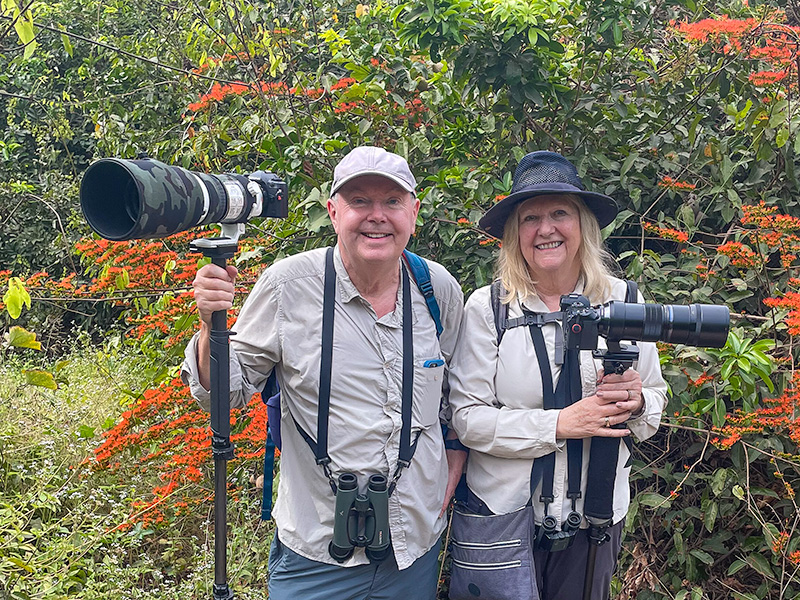
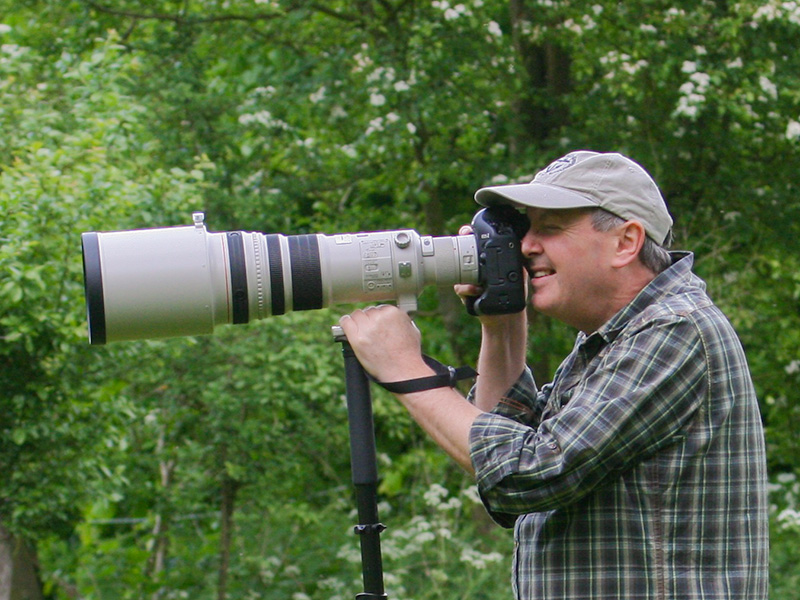
The photographic equipment we’ve used has evolved considerably since we started to apply ourselves seriously to bird photography early in 2008. At the start, we used Canon equipment consisting of a modest EOS 400D body and an EF 100-400 mm f/4.5-5.6L IS USM zoom lens. This was fine for a while but the body was the weakest link and was upgraded later in the year to an EOS -1D Mark III professional body.
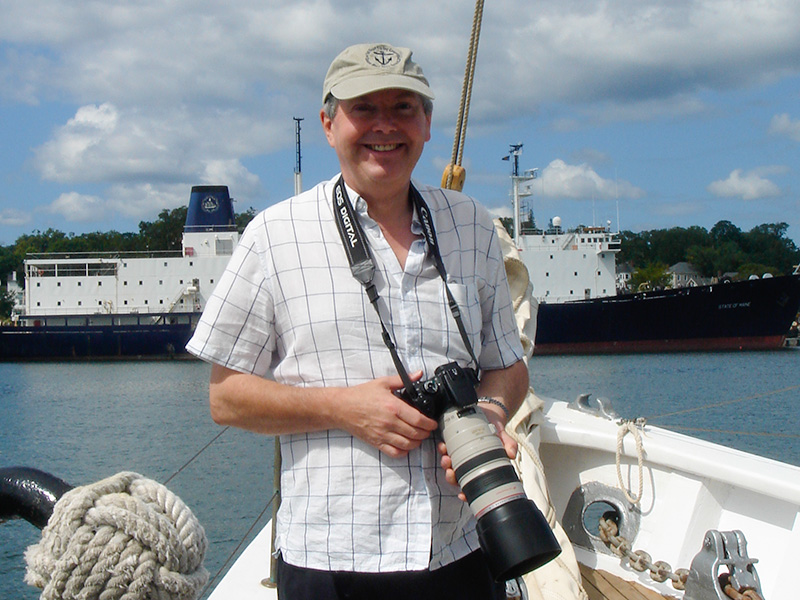
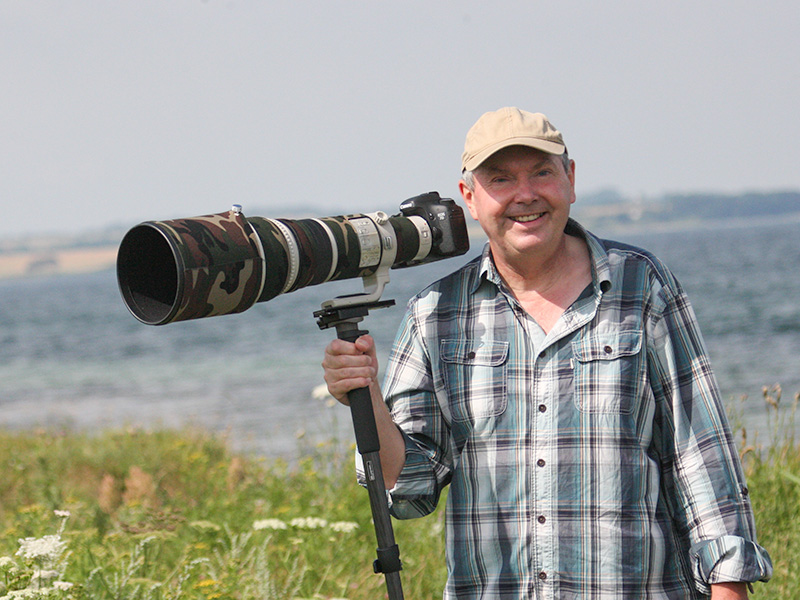
In 2009 we bought a Canon 500 mm f4L IS USM lens, which was a significant upgrade for us and greatly improved the quality of our photographs. This professional lens became our primary birding lens for the next decade and proved to be reliable and robust. It could be used with the Canon 1.4x and 2x converters, which gave you a great deal of reach for photographing more distant birds. It was a bit heavy and at times difficult to take on a plane as hand luggage because of weight restrictions when packed with a couple of bodies, but overall it served us well. We’ve seen some photographers use it handheld, but it convinced us to use a monopod, which makes it much easier to use.
Bird photographers always want more magnification and ‘reach’ in order to get acceptable photographs of distant birds. The 500 mm lens plus a 1.4x converter gives an effective lens length of 700 mm, which is useful, but even more ‘reach’ can be obtained by using a camera body with a small sensor. In 2010 we therefore bought a Canon EOS 7D body, which has an APS-C sensor. This is 37% smaller than the standard DSLR sensor, increasing the effective focal length of the lens by 1.6x. The combination of the 500 mm lens, plus the 1.4x converter on the 7D body therefore gave us an effective focal length of 1,120 mm. Considering that the 7D body is a lot lighter than the 1D, this gave us a very useful and acceptably light combination for bird photography.
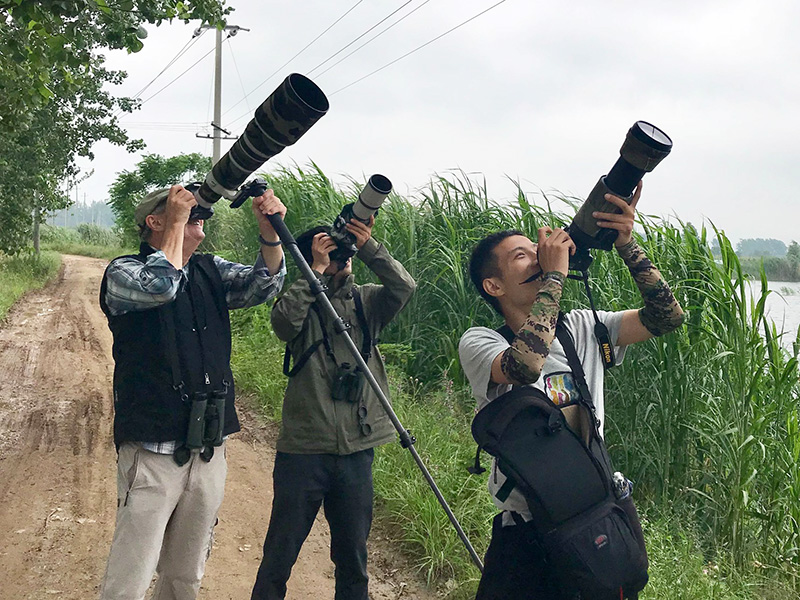
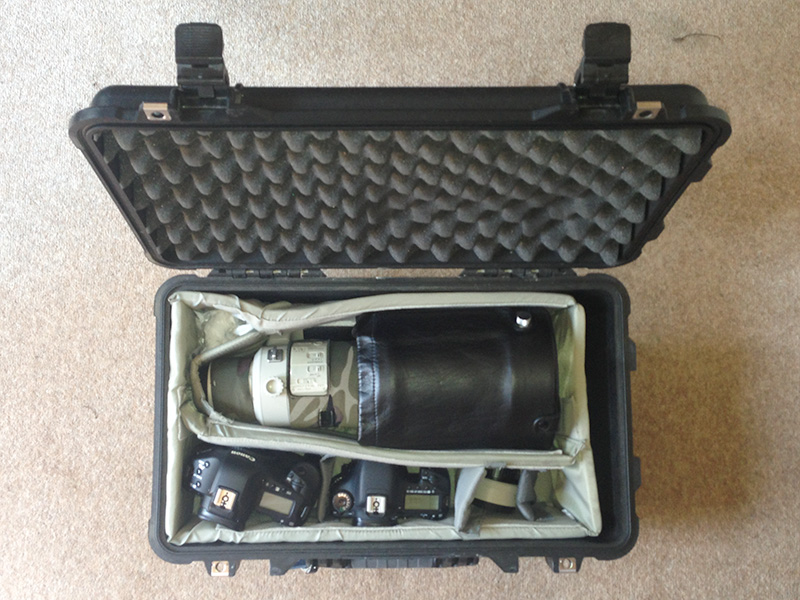
We continued to use the 1D body with the 100-400 mm zoom for a while and the combination of the 7D/500 mm prime and 1D/100-400 mm zoom worked well for us. However, it became clear that the light 7D body with its APS-C sensor was very good for bird photography, with the reduced weight over the 1D allowing it to be used all day and in difficult terrain.
The mark I version of the Canon EF 100-400 mm f/4.5-5.6L IS USM lens was often criticised for not being very sharp. We found it acceptable, but it was heavy and with bird photography you almost always have a zoom lens set for maximum reach. In 2011 we therefore exchanged the zoom for the Canon 400 mm f5.6L USM, which was very sharp and a lot lighter than the 100-400 mm, although it didn’t have image stabilisation.
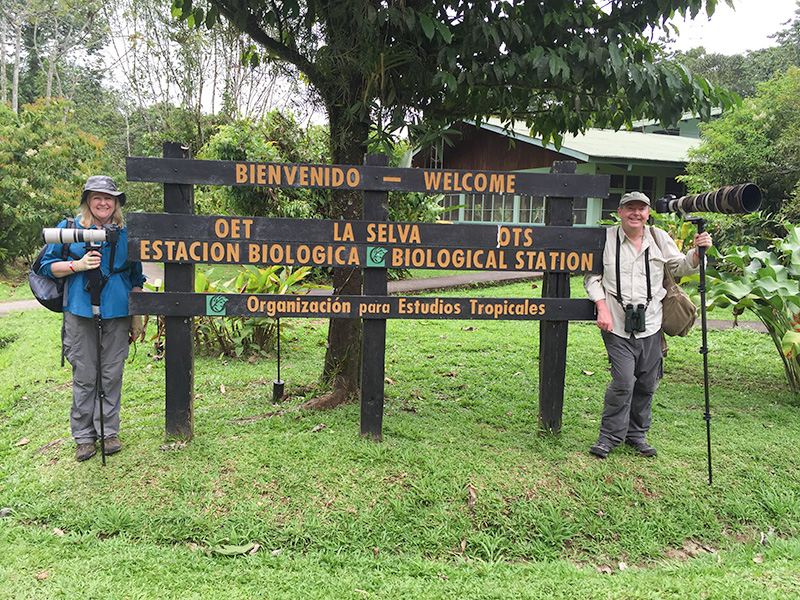
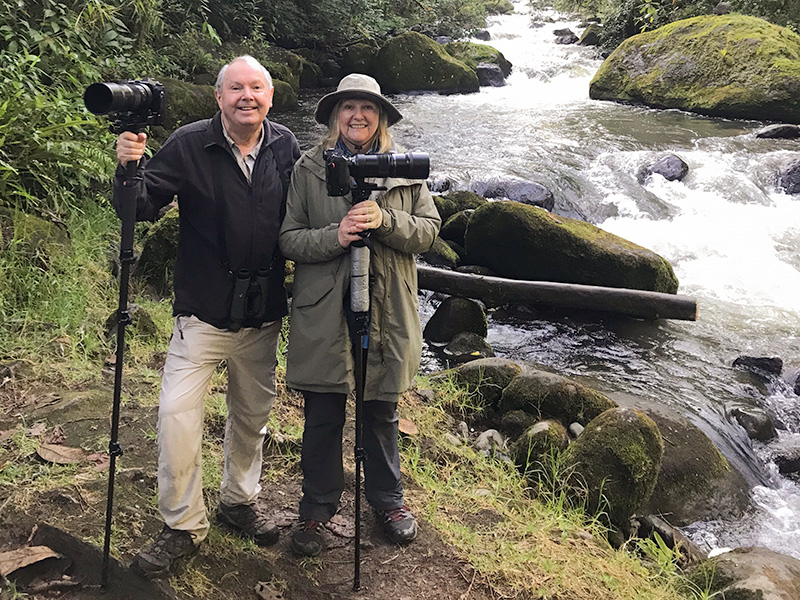
After 2011 the equipment we used remained unchanged for several year. We were happy with the 7D bodies and the 100 mm and 500 mm prime lenses were sharp and light enough to be carried for extended periods. We both used Manfrotto carbon fibre monopods, which provided additional stabilisation and also gave you a rest from carrying the equipment. But by 2015 a mark II version of the 7D body became available and we both upgraded to get the improved sensor and additional facilities.
In 2018 everything changed for us when we made the major shift from Canon to Olympus equipment. This came about because of a trip we made to Argentina with Tropical Birding where our guide was using Olympus micro 4/3 equipment, which was remarkably small and light, yet had great reach and produced excellent images. The micro 4/3 system is somewhat controversial in photographic circles as the camera uses a sensor that is a quarter the size of the full frame equivalent. This has a small negative impact on the image resolution but means that your lenses have essentially double the focal length. So a relatively small Olympus 300 mm lens has the reach of a full frame 600 mm lens. This is a major advantage in bird photography.
After the Argentina trip we investigated the Olympus micro 4/3 system and dipped our toes in the water by buying an Olympus E-M1X body and the Olympus 300 mm Pro f4 prime lens in mid-2019. The results were so impressive that we decided to sell all our Canon gear and switch completely to the Olympus Micro 4/3 system. Inevitably there was a steep learning curve to familiarise ourselves with the Olympus system, but the results justified the work
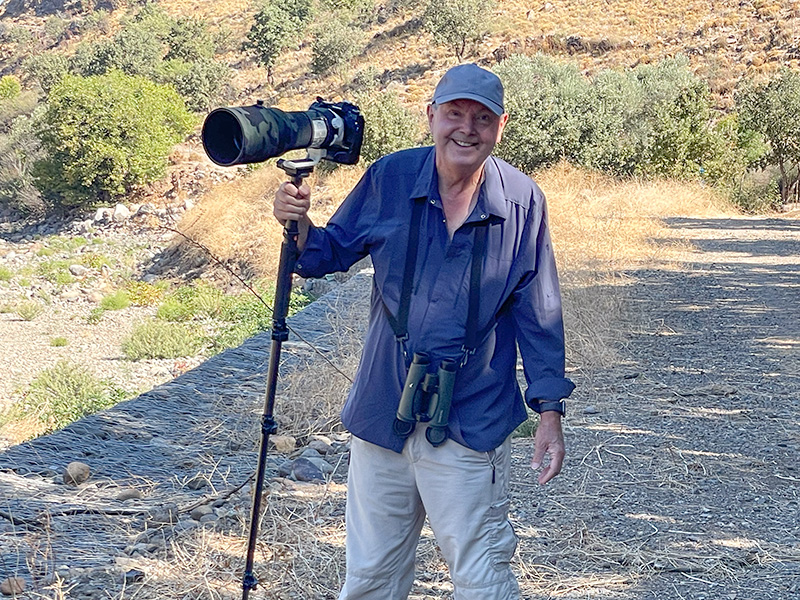
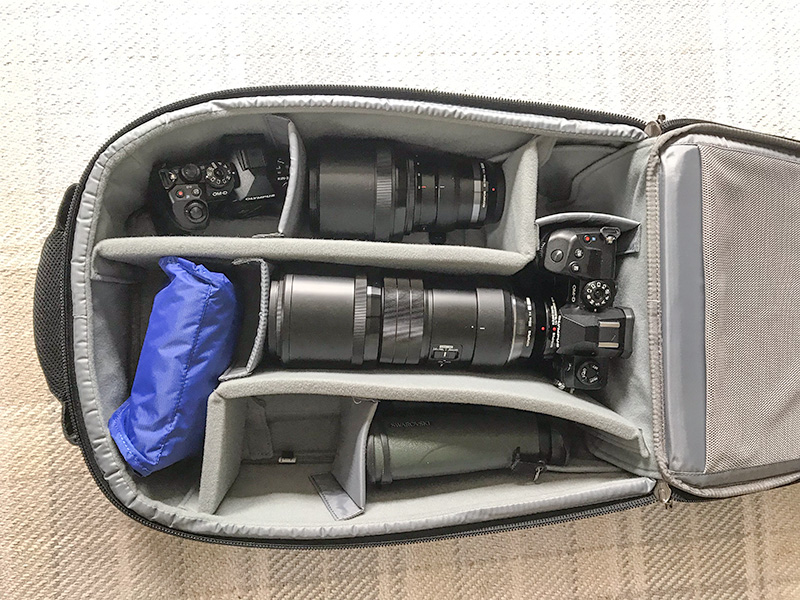
Throughout 2020 be both used the Olympus E-M1X body and the Olympus 300 mm Pro f4 prime lens and were very pleased with the results. But everything moves on and in 2022 we both switched to the new Olympus OM-1 body, which has outstanding AI bird detection software built in, with the body also being significantly small and lighter than the E-M1X. A final upgrade (so far) was to buy the Olympus 150-400 mm f4.5 Pro zoom lens, which has a 1.25x converter built in, making it essentially a 1,000 mm lens, which can be extended out to a 2,000 mm lens by using the 2x converter. The combination of the OM-1 body and 150-400 mm lens has been described as the ultimate portable bird photography system and we wouldn’t argue with that.
A further advantage of switching to the light Olympus system was that we could abandon the heavy Peli case that we had used for many years and change to two, light Thinktank Airport Advantage carry on bags. These take all our equipment and you don’t get a second glance when you check in for a flight.
The Olympus/OM System equipment we have at the moment consists of:
OM-1 Mark II body (1)
OM-1 Mark I body (2)
150-400 mm f4.5 Pro lens
300 mm f4 Pro lens
MC-14 1.4x converter (2)
MC-20 2x converter
Manfrotto carbon fibre monopod (2)